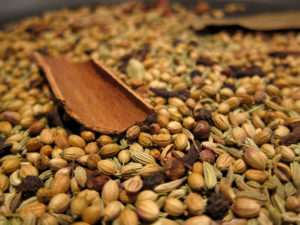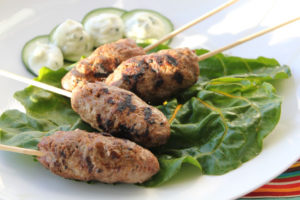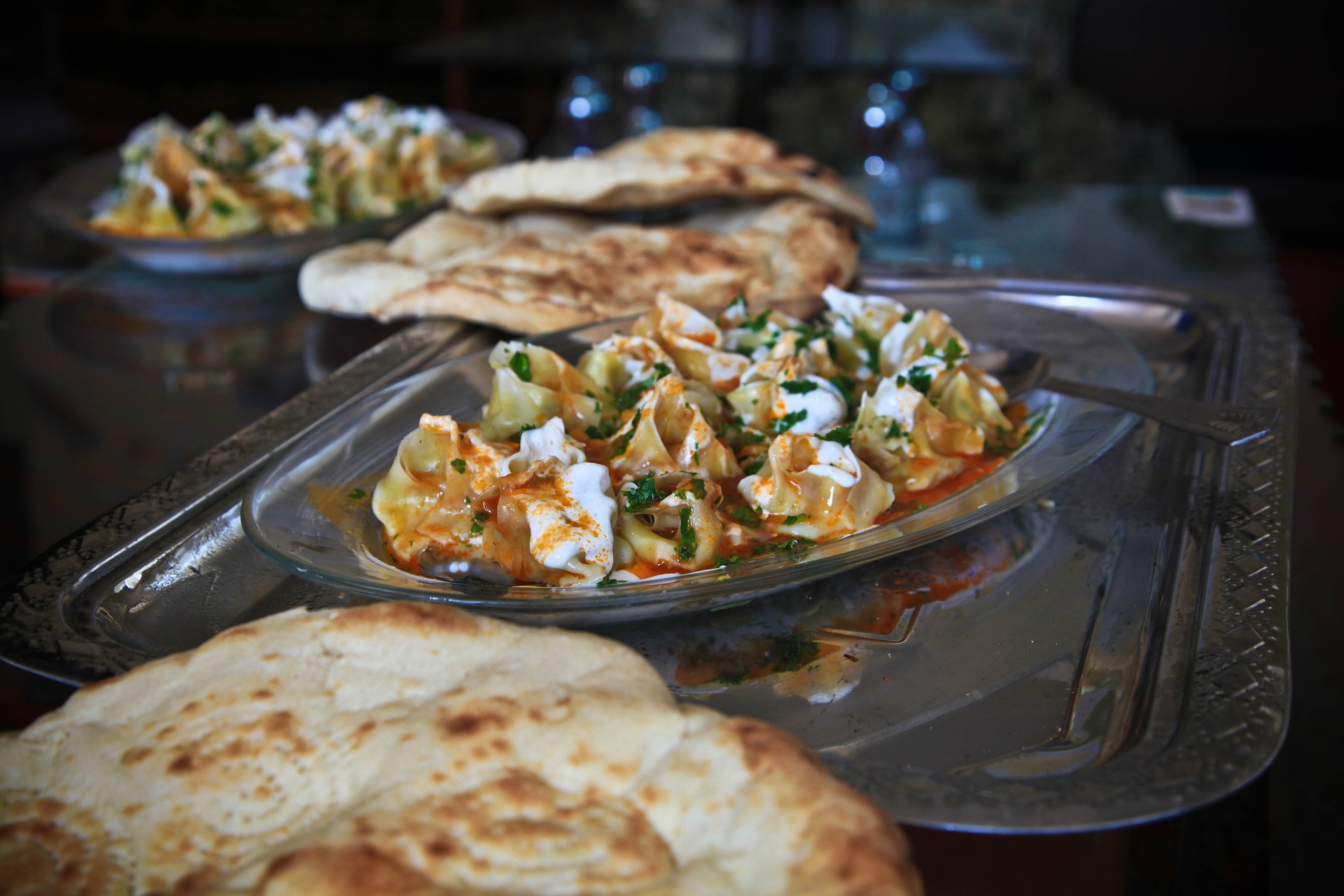Afghanistan’s rich and varied cuisine draws from a broad range of geographic influences and is steeped in a cultural tradition that is more than two thousand years old. Though it was relatively unknown outside the country’s borders until recently, more and more people around the world are now discovering the unique and flavorful charm that Afghan cuisine has to offer. If you’ve never encountered Afghan cuisine before, here are five delicious food facts to inspire you to give it a try.
Afghan cuisine reflects the country’s position as a cultural crossroads.

Image by Erik Forsberg | Flickr
Landlocked Afghanistan has long been an important point of convergence for historic trade routes between Europe, India, China, and the Middle East, and centuries of varied travelers and traders passing through have had a strong influence on local food and ingredients.
India, Mongolia, and Persia (Iran) have made particularly important contributions to the evolution of Afghan cuisine. Key spices like saffron, chilies, pepper, and garam masala (a spice blend including cinnamon, cardamom, and cumin) came from India; Persia contributed strong herbs such as coriander and mint, as well as the practice of cooking with spinach and other green herbs; and the influence of Mongolian cooking helped shaped the Afghan appetite for dumplings and noodle dishes.
Consequently, contemporary Afghan cuisine is a fascinating and delicious fusion of Central Asian, South Asian, and Middle Eastern tastes and flavors. Many Western palates also appreciate the fact that, unlike some of their neighbors, Afghans do not like their food too spicy.
Rice is a key ingredient.
A staple element of Afghan cuisine, and often considered to be the best part of any meal, rice features heavily in a great many Afghan dishes. Basmati rice is the type used most often, in one of several variations. “Classic” basmati rice has been matured for up to two years in order to give it a more intense flavor and to produce a lighter and fluffier cooked grain. It’s this type of rice that is used to make chalau, a simple steamed rice dish which is often eaten with accompanying stews like korma.
“Sella” basmati rice, a slightly yellow-colored grain which has been first steamed and then dried to produce grains that are perfectly separate when cooked, is popular among Afghan cooks for making pulao (also known as palau or pilao). One of Afghanistan’s flagship dishes, pulao exists in dozens of different variations around the country, but its main components include slow-cooked meat, gently spiced rice, lentils, raisins, carrots, nuts, and spices like cardamom. Rice also features in many sweet dishes like the local rice pudding known as sheer berenj.
Lamb is one of the most common meats.

Image by Michelle DT | Flickr
Due to factors such as religious rules that prevent the eating of pork and a terrain that makes cattle farming difficult in many areas, lamb (as well as mutton, its more mature counterpart) has emerged as one of the most common meats in Afghan cuisine. To get supremely tender, flavorful meat, lamb or mutton will often be minced to make dishes like kofta, or meatballs, or marinated for many hours. One of the most popular ways to eat lamb is as a kebab, or kabob, a widely enjoyed street food in which chunks of meat and vegetables are threaded onto long skewers, grilled over charcoal, and served accompanied by naan bread. Some kebab variations take the form of shavings that come from a large cylinder of minced lamb.
Afghans are known for their use of dried fruit and nuts.
Dried fruit and nuts feature prominently in Afghan cuisine, whether as an ingredient in main dishes, offered after a meal as dessert, or simply eaten as a snack. In rural Afghanistan, for example, nuts and dried fruit are often eaten instead of a heavy midday meal. Green raisins and sultanas are usually a key part of rice dishes, and dried plums are frequently used in many dishes for their unique sweet, yet tart flavor. Some of the most popular nuts in Afghanistan are almonds, pistachios, walnuts, and pine nuts, all of which are used in both sweet and savory dishes. Dried fruits and nuts are also a staple of festive or celebratory meals: New Year celebrations, for example, feature a specialty called haft mewa, which is a dish composed of seven different dried fruits and nuts.
Food and hospitality are closely linked.
In Afghanistan, food is as much about hospitality as it is about nourishment. Afghans have a deep respect for guests and take pride in serving them the best food possible as a sign of their esteem. Tea is a particularly important expression of hospitality, with strong traditional rituals defining how tea should be served. This focus on presentation is important when it comes to food as well: during meals in a family home, for example, the best dishes will always be placed nearest the guests.

